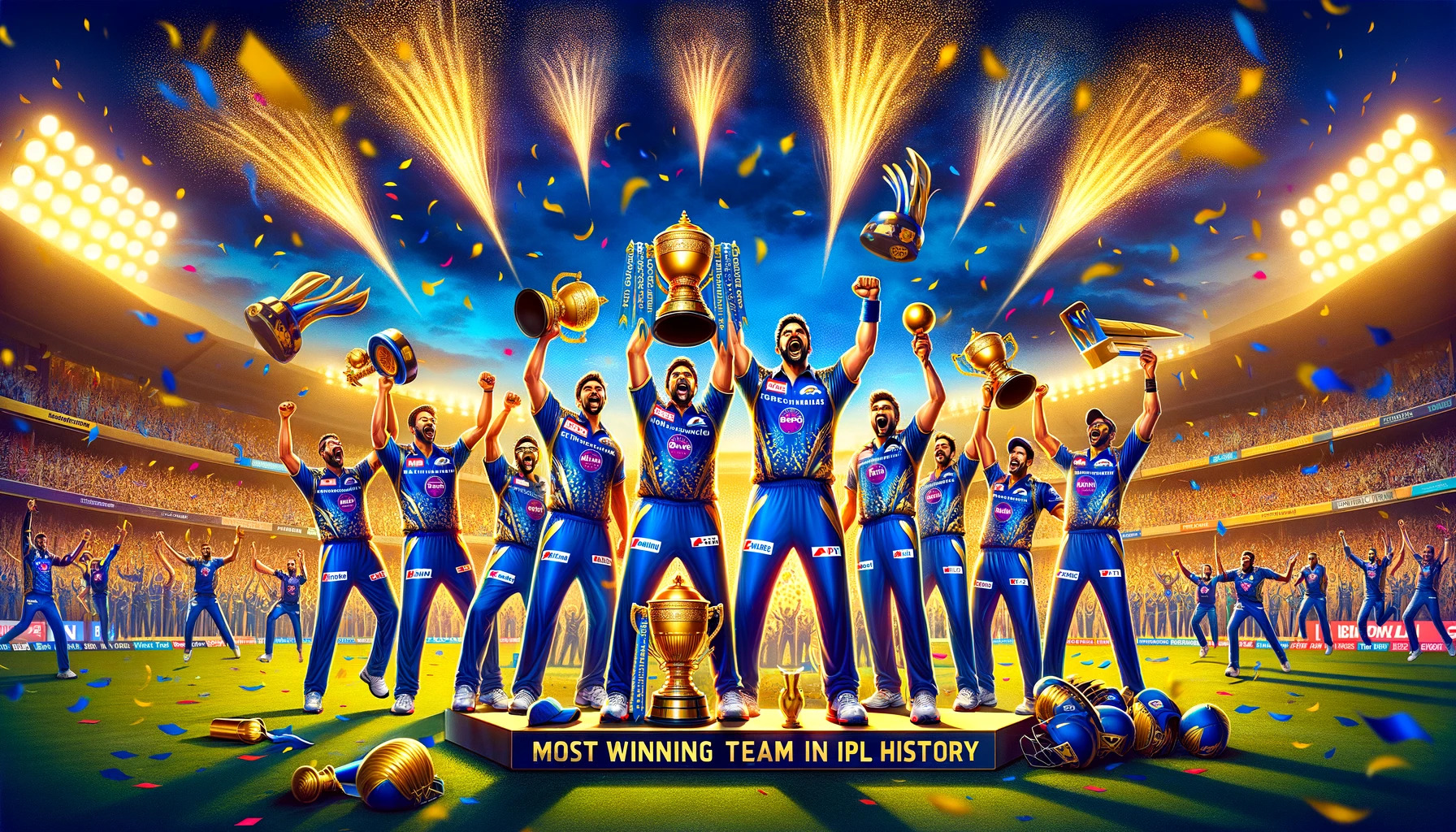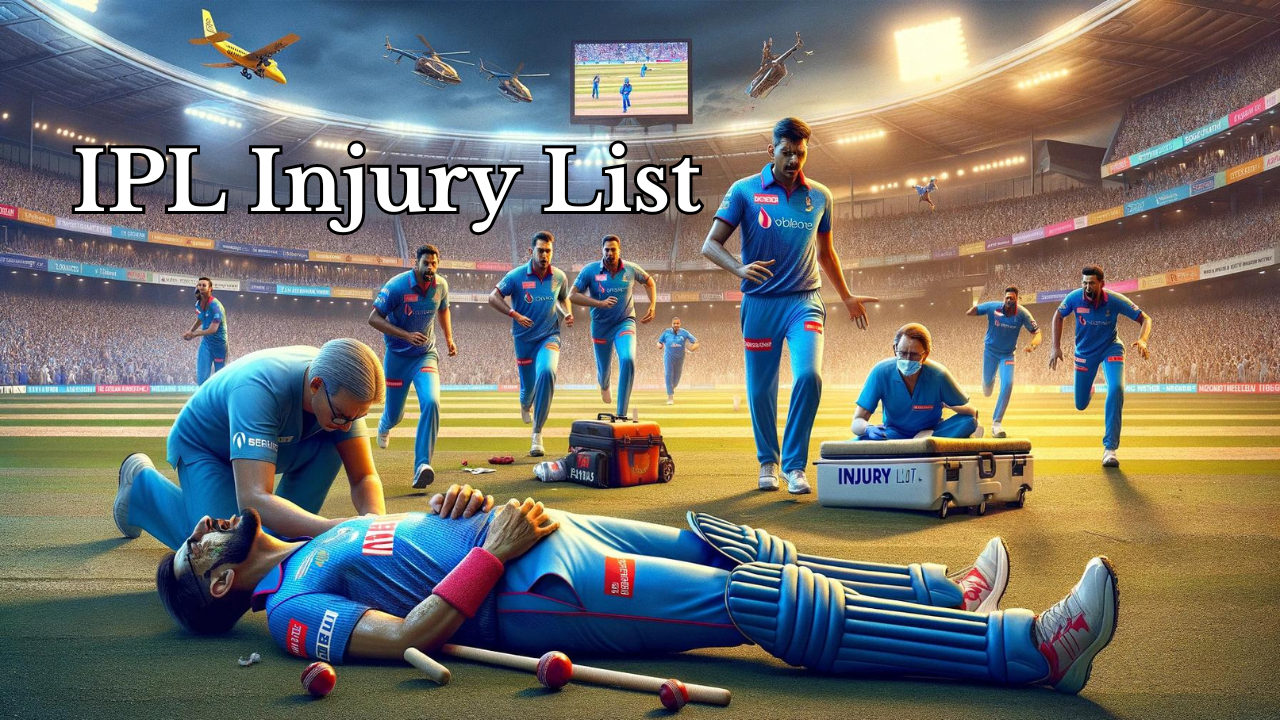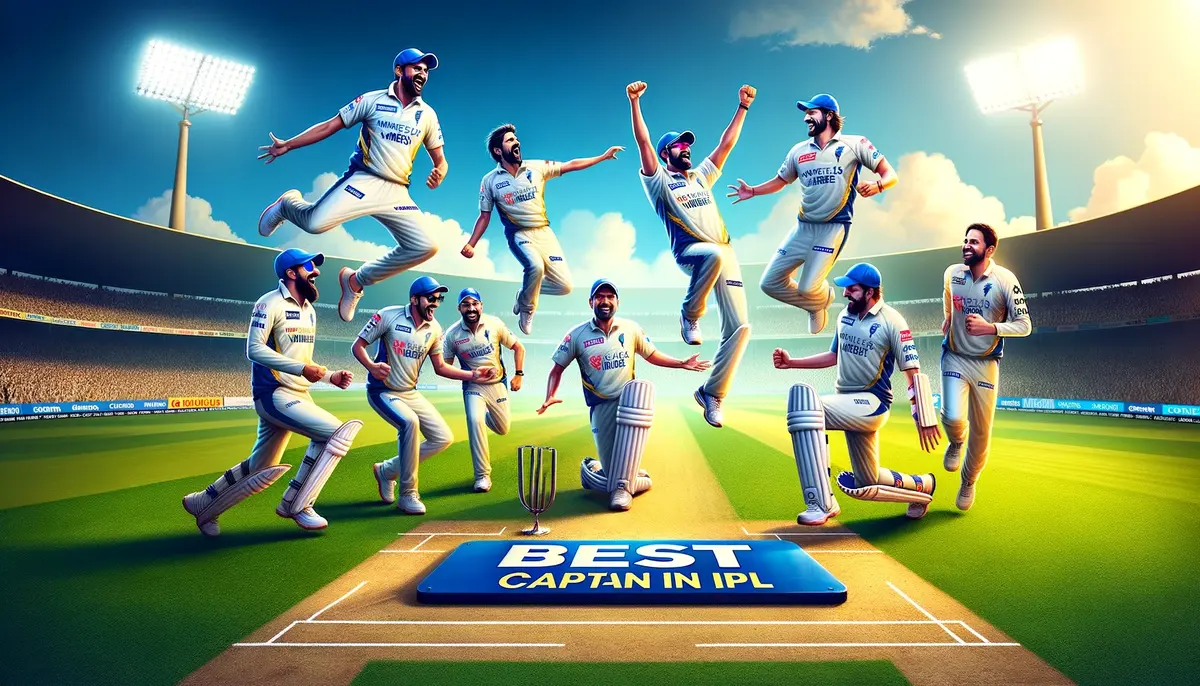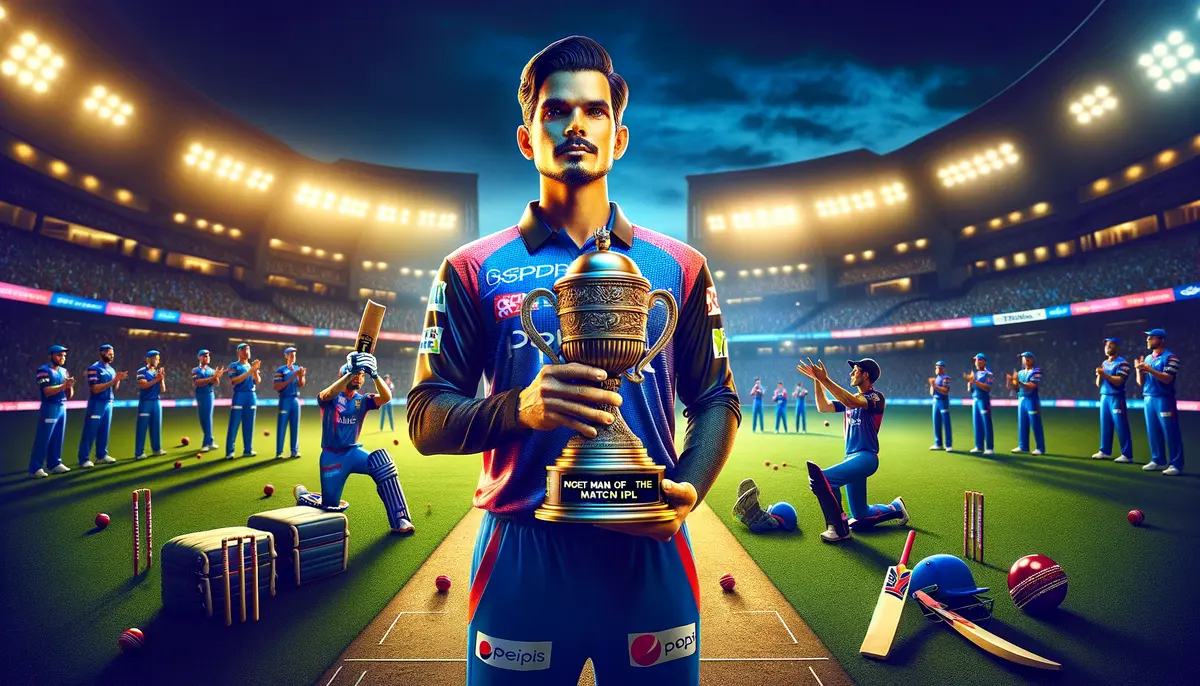Home » Cricket Facts
A list of Interesting Cricket Facts
Cricket Facts
The Cricket Facts category contains an extensive archive of informative and interesting facts related to the game of cricket. Browse this category to uncover a wealth of knowledge about the history, rules, equipment, players, and governance of cricket.
Dive into the origins of cricket and learn about how it developed from early peasant games in England to become the beloved sport it is today.
Discover essential facts about the basic structure of the game, from the layout of the pitch to the roles of batsmen and bowlers.
Expand your understanding of the various formats of cricket matches and tournaments across the globe.
Gain insight into how cricket spread through the British Empire and took root in diverse nations and cultures.
Read intriguing details about innovations in cricket gear like the evolution of bats, balls, pads, and other equipment.
Brush up on your knowledge about the International Cricket Council and national governing bodies that oversee the modern game.
Discover stats and records held by legendary cricket players. Learn about the most prestigious competitions and heated rivalries that fans eagerly await every year.
Discover fascinating trivia about cricket that only the most knowledgeable fans may know.
With this category page as your guide, unlock new and exciting perspectives on cricket. Come learn about the captivating history, science, and culture surrounding one of the world’s most beloved sports.
A Brief List of Interesting Cricket Facts
Here’s several interesting cricket facts you need to know:
History of Cricket – Origins
Cricket originated in England in the 16th century. The first recorded cricket match took place in Kent in 1646.
Cricket grew in popularity and spread across the British Empire during the 18th and 19th centuries. The world’s first cricket club was formed in Hambledon in 1760.
The Imperial Era
Cricket spread with the growth of the British Empire in the 18th and 19th centuries. It was introduced to North America, the Caribbean, South Africa, Australia, and New Zealand. Test cricket began in 1877 when England played Australia.
Development of Rules and Equipment
The first official laws of cricket were drawn up in 1744. Key developments included the introduction of the bat in the 1760s and the wicket in the 1770s. The Marylebone Cricket Club was founded in 1787 and became the game’s official lawmaker.
Growth of Limited Overs Cricket
One-day cricket emerged in the 1960s as a popular shorter version of the game. The first Cricket World Cup took place in 1975. Twenty20 cricket began in 2003 as an even shorter format.
Cricket Basics
The fundamentals of cricket:
Players and Positions
A cricket team consists of 11 players. Key positions are batsmen, bowlers, wicket-keeper, and fielders. There are various batting and bowling styles.
Pitch and Equipment
Cricket is played on a large field with a 22-yard pitch in the center. Key equipment includes bat, ball, wickets, and protective gear like pads and gloves.
Rules and Scoring
Players score runs by hitting the ball and running between wickets. Bowlers attempt to dismiss batsmen through various methods. An innings ends when 10 wickets fall.
Cricket Formats
The available cricket formats:
Test Cricket
Test cricket is the longest format of the game, played over five days with unlimited overs. The first Test match was played between Australia and England in 1877. Test cricket is considered the pinnacle of the sport.
One Day Cricket
One day cricket consists of a limited number of overs per team in a single day’s play. The first One Day International was held in 1971. The format gained popularity in the 1970s with the start of the Cricket World Cup.
Twenty20 Cricket
Twenty20 cricket is the shortest format, with twenty overs per team. It was introduced in 2003 to attract new audiences. Twenty20 leagues like the IPL have dramatically increased cricket’s popularity.
Key Cricket Terms
- Batsman – A player on the batting side.
- Bowler – A player who bowls deliveries to the batsman.
- Wicket – The set of stumps and bails defended by the batsman.
- Over – A set of six legal deliveries bowled by the same bowler.
- And many more. See our complete Cricket Wiki.
Governing Bodies
The governing bodies of cricket, both international and domestic:
International Cricket Council
The ICC oversees international cricket. It has 12 full members and over 100 associate members. The ICC organizes major tournaments like the World Cup.
National Boards
National boards govern cricket in each country. Examples are Cricket Australia, England and Wales Cricket Board, and Board of Control for Cricket in India.
Popular Tournaments
The most popular cricket tournaments in the world:
Test Cricket
The Ashes – England vs Australia test series with over 130 years of history.
One-Day International
Cricket World Cup – Top international tournament held every 4 years.
Twenty20
Indian Premier League – Highly popular annual T20 tournament with city-based franchises.
The List of Interesting Cricket Facts
Claim 200% Welcome Bonus
For a limited time, every new member can claim 200% Welcome Bonus upon registration up to ₹15,000. Read to bet?










